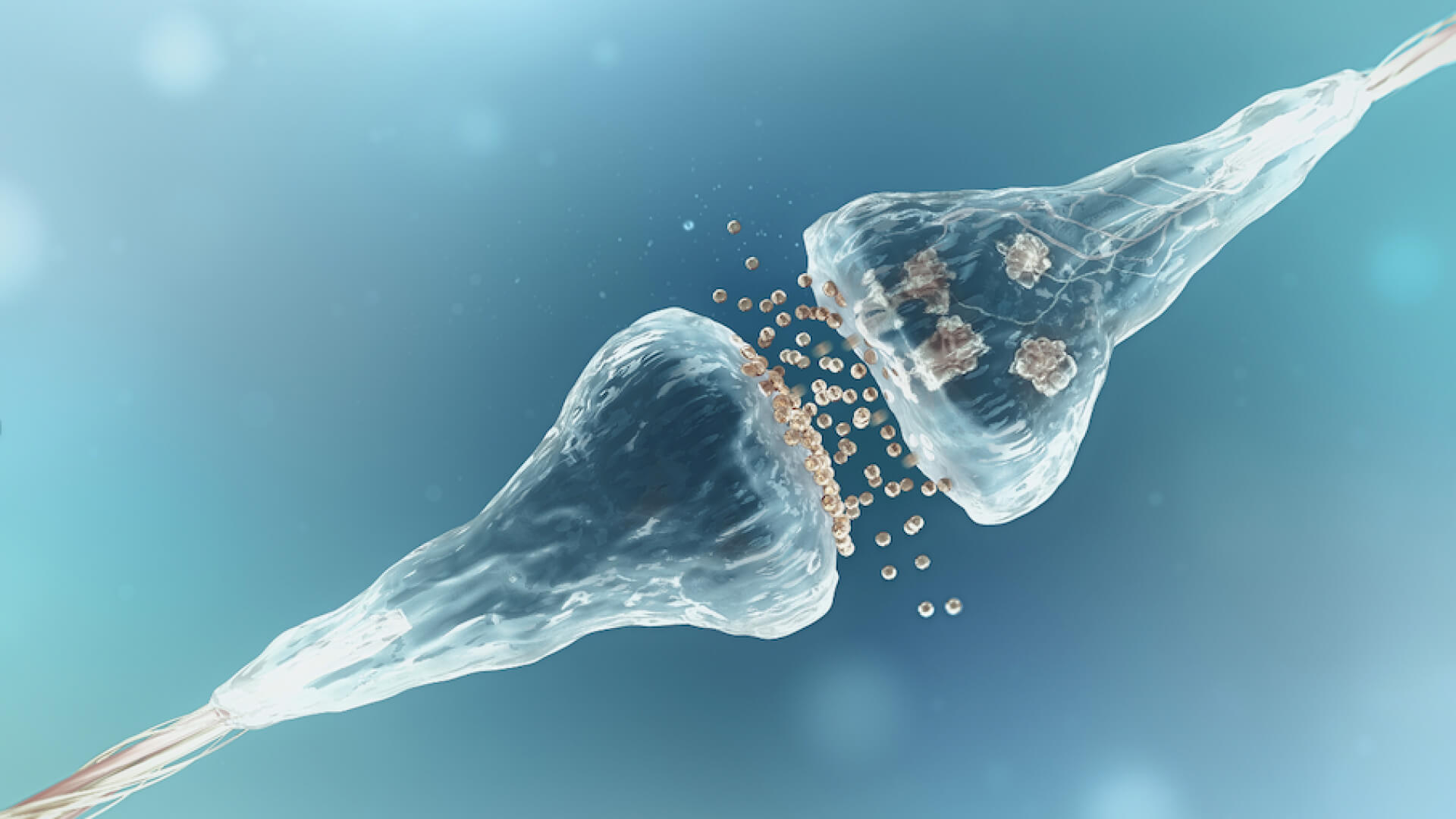Early Success for Proposed New Method for Clearing Toxic Tau
Written By: BrightFocus Editorial Staff



Written By: BrightFocus Editorial Staff

What: Researchers have shown that stimulating a surface structure on neurons clears away tau tangles, lessens disease effects, and improves memory performance in a mouse model of early-stage Alzheimer’s disease (AD), suggesting a possible new treatment.
Where: Schaler, A.W. et al. “PAC1 Receptor-Mediated Clearance of Tau in Postsynaptic Compartments Attenuates Tau Pathology in Mouse Brain,” Science Translational Medicine, 2021
BrightFocus Connection: This project was supported by an Alzheimer’s Disease Research (ADR) grant to co-principal investigators Karen Duff, PhD, University College of London, and Natura Myeku, PhD, Columbia University. Dr. Duff also has served as a mentor to several past ADR grant recipients and was an invited speaker at a BrightFocus Alzheimer’s Fast Track workshop.
Why It Is Important: In healthy neurons, tau protein stabilizes microtubules that transport cellular components throughout the cell. In patients with early-stage AD, tau becomes misshapen and shifts to the synapses, or connection points with other cells, where it collects in neurofibrillary tangles (i.e., “tau tangles”) and contributes to disease. Concurrently, the molecular machinery that could remove the misplaced tau is disrupted. This machinery, called the ubiquitin-proteasome system (UPS), is a crucial component in memory formation and in helping the brain adapt to changing conditions.
In previous research, this team discovered that restoring the disrupted function of the UPS system decreased the severity of cognitive decline in early-AD mouse models, suggesting a new approach for treating AD. Their most recent research builds on this possibility by pinpointing where the tau accumulates: in postsynaptic dendrites that receive synaptic signals from neighboring cells. The researchers hypothesized that activating the UPS system to target the buildup of tau where it occurs would be more desirable over the long term than simply activating the UPS system throughout the cell. Moreover, this approach could be implemented when the disease is still in its early stages before tau tangles can be detected.
In neurons, the UPS system is regulated in part by a series of chemical reactions known as the cAMP signaling pathway. cAMP is activated when receptors on the surface of the cell are stimulated and send a signal to activate the cAMP pathway, leading to protein degradation via the UPS.
To test their hypothesis, the researchers used a binding protein, or “ligand,” to stimulate cell receptors located on the surface of postsynaptic dendrites adjacent to the buildup of toxic tau. When a ligand binds to a receptor, the new molecular formation performs a biological function. In this case, their method activated the cAMP pathway, which successfully initiated the process of clearing away the tau tangles.
Next, to gauge the impact that clearing the tau had on AD symptoms, the researchers tested learning and episodic memory in a mouse model of AD. The mice showed improved cognitive performance and reduced signs of disease.
The findings suggest that stimulating specific receptors to clear toxic tau from synapses could be a viable treatment for slowing and reducing the severity of AD and improving cognitive performance in people with Alzheimer’s dementia.
BrightFocus Foundation is a premier global nonprofit funder of research to defeat Alzheimer’s, macular degeneration, and glaucoma. Through its flagship research programs — Alzheimer’s Disease Research, Macular Degeneration Research, and National Glaucoma Research— the Foundation has awarded nearly $300 million in groundbreaking research funding over the past 51 years and shares the latest research findings, expert information, and resources to empower the millions impacted by these devastating diseases. Learn more at brightfocus.org.
Disclaimer: The information provided here is a public service of BrightFocus Foundation and is not intended to constitute medical advice. Please consult your physician for personalized medical, dietary, and/or exercise advice. Any medications or supplements should only be taken under medical supervision. BrightFocus Foundation does not endorse any medical products or therapies.
